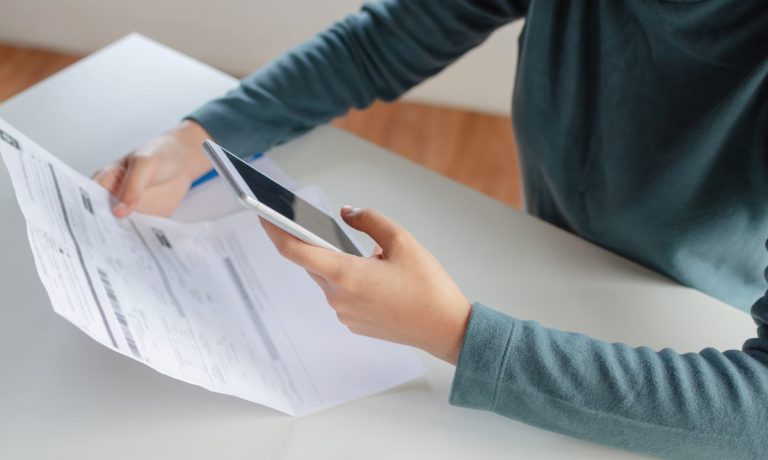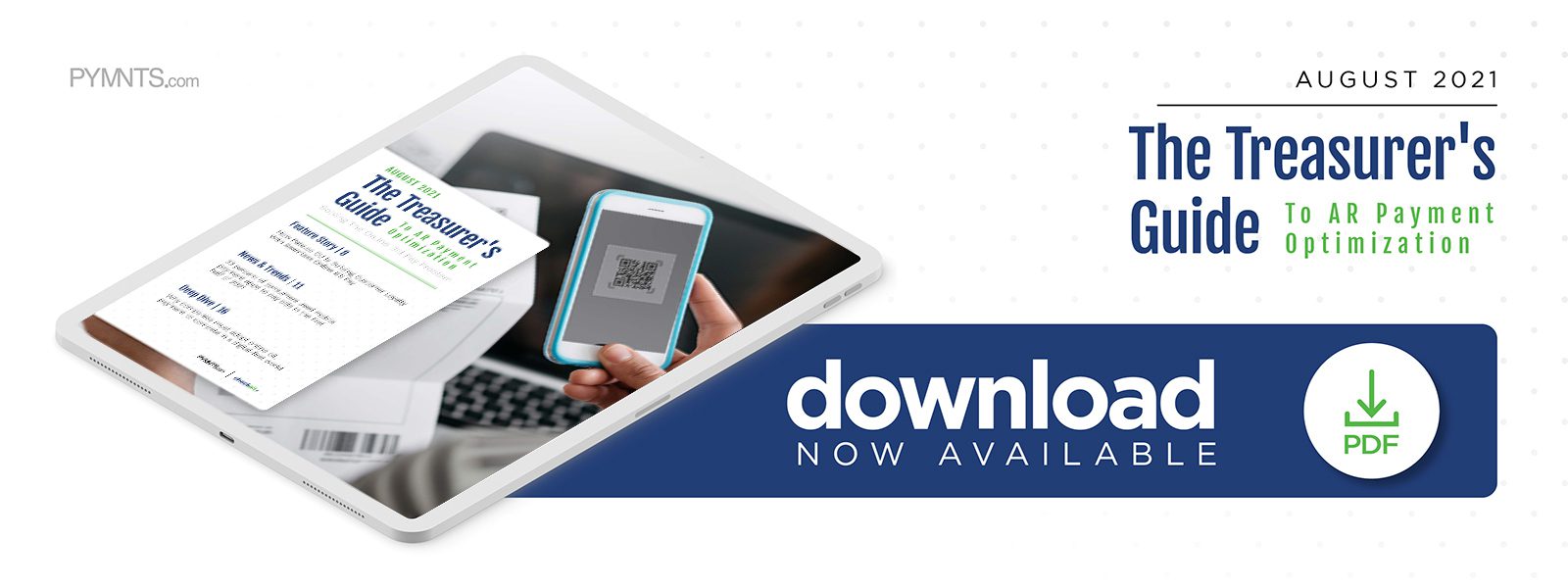How Patelco CU Is Building Customer Loyalty With Seamless Online Bill Pay

Paying bills is a monthly headache for everyone, from individuals to businesses of all sizes, and the frustrations involved explain why both groups have been quick to adopt online-bill-payment solutions. Having a seamless digital bill payment experience can be a major attraction in engaging and retaining customers, said Aju Asar, VP of enterprise data services and analytics for Patelco Credit Union. Approximately 40 percent of the Credit Union’s members currently are enrolled in online bill pay, he said, with about 20 percent of enrollees actively using it. These members use the bill payment option for a range of purposes, such as sending funds to utility companies and lenders, as well as paying rent and credit card bills. A smooth payment experience is a must for users to fulfill their monthly financial obligations — and to develop trust in their chosen financial institutions (FI).
“When we look at bill pay, it is a key variable that defines [a consumer’s] relationship with an FI,” Asar told PYMNTS in an interview in August. “[Members] use bill pay to manage [their] monthly [or] various expenses. So … bill pay is a key stickiness variable to define a primary financial position [for FIs].”
Read more: How Online Bill Pay Can Grow Customer Loyalty
The importance of smooth bill payments for consumers and businesses alike has grown even more after a year spent indoors with a higher number of both C2B and B2B transactions taking place digitally. Removing any friction from this experience, therefore, is critical for FIs as they look to capture customers’ attention for the long term.
Keeping Digital Bill Pay Digital
Keeping bill payments running smoothly means every part of the process must be digitized to meet consumers’ high expectations. The days of online bill payment being a differentiator are long gone. Consumers today expect to see this capability as a matter of course, Asar noted, and if their banking partners do not offer it, consumers are more than happy to head elsewhere.
“If you do not have a digitized solution for bill pay, I do not believe [that] in this age and time a member or a consumer will … consider [you] as their primary financial institution,” he asserted. “They may have an auto loan with you, they may have a mortgage with you, but it is very unlikely they will choose [your] financial institution as [their] primary, because they want to use [their] primary financial institution as that one-stop shop, if you will, for all their payment purposes. If you do not have bill pay digitized, you are losing the opportunity to be that service provider.”
Businesses have been weaning themselves off manual bill pay methods for the past decade or so, but the pandemic has fast-tracked this transition. Having access to smooth, digital bill payment tools allows firms to have a more transparent understanding of their cash flow, a must in today’s digital-first payments world.
“If a utility company understands how many of its members are enrolled in a bill pay mechanism, then it knows [there is] a good probability that all those payments will come on time,” Asar said. “That will give it a better handle [on its] cash flow forecast and working capital.”
Having that cash flow transparency is becoming essential for companies across multiple industries to stay competitive. Also, it implies that any friction in the online bill payment experience — such as having digital payments revert to much more time-consuming paper checks — can have increasingly disastrous consequences. Ensuring payments are digital the whole way through must be a top goal for financial entities — but this may require a change in how FIs address payment innovation more broadly.
Developing A Holistic Payments Strategy
Providing members with swift, seamless payment experiences — whether or not connected to bill payment — is becoming mandatory for financial players. Keeping pace means banks and CUs must view payment innovation in a new, holistic light, Asar said, considering more than just the one problem or pain point they may be looking to solve in a particular payments flow. Patelco, therefore, recently launched a strategic initiative which isolated points of friction in the payments experience for greater innovation, he said.
“So far our journey in the payments area has been very tactical,” Asar explained. “It is about addressing where the problem issues are, where friction points are and how we resolve [these problems]. And based on the recent pandemic and [looking ahead to the] post-pandemic environment, it is really prompting us to take a step back and think about payments as a key strategy. In other words, we are trying to keep payments front and center in our business strategy.”
Adopting a holistic payments strategy will be key for banks to keep both their business and individual customers engaged and satisfied as the payments space becomes increasingly digital-first or digital-only. Financial entities must adjust the way they are approaching innovation accordingly, even for previously routine offerings such as online bill pay.
